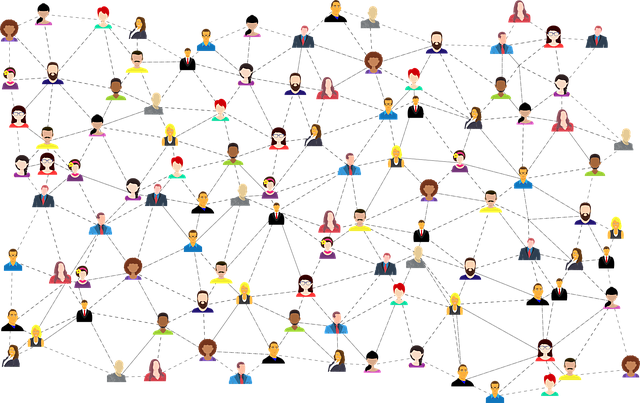
I know myself as more of a visitor to the digital world than a resident. I have been always cautious of what I share online, to whom, and for what purposes. I have also been worried about how the information I share, the people I follow, the friend requests I accept, and the “thumbs up” buttons I press form my online identity and make a new “me” which may contradict the “true me”. Nonetheless, with the pandemic and the steep decrease in face-to-face and in-person communications, I realized that I needed to connect to people differently and push the boundaries I created for myself beforehand. The impossibility of travel and working from home created more free time for me which I devoted to social media usage, mainly Instagram and Twitter, sometimes unwittingly as just a habit. In the beginning, I was straying and aimlessly surfing through different pages and profiles. If you do not control what you would like to be exposed to then the platform and its algorithms will control you and you will be bombarded with unwanted information.
At some point, I realized that I needed to gain more from these platforms considering the time I spent on them. I started playing around with the control functions available on these platforms. I realized that for my research and my profession I could benefit more from Twitter and for my interests and hobbies from Instagram. I tailored the “Topics” of interest on Twitter to receive more relevant tweets and defined what I am not interested in. I started using Tweetdeck and followed the hashtags more wisely related to my field of research. I also started following people who were actively doing research in my field and energetically tweeting about interesting related topics and events. On Instagram, I benefited from defining a “Favorites” list. If a person whom you follow is on your favourite list then their posts are shown higher in your feed. In this way, if you limit the time you would like to spend on Instagram and you start exploring your feed then you can utilize your time better. Bookmarking interesting posts and structuring them into different categories also helped me return to them as needed easily without spending much time. The nature of the interaction I am mainly involved in for the networks I have created for myself is one-to-many (I am one of the many who is the receiver of the info) or one-to-one (direct messages transferred between me and people I follow). I mainly consume the knowledge and information than produce it. However, these platforms and other social networks (or software) provide other forms of interactions and functions as well. Dron and Anderson, in their book on Teaching Crowd, provide two interesting tables. The first table (Table 1.1. in the book) lists a range of families of social software and their categorization by the predominant forms of social engagement they provide. The second one (Table 1.2) presents a list of functions social networks provide which benefit can facilitate learning and benefit learners. I recommend interested readers to check this book out.

I am also following some Telegram channels posting about the topics I am interested in. Although I may not have time to check all of the posts, when I get the chance I skim through some of them and it is a quick and convenient way of getting a hand at new things happening around the world in different contexts.
Recently, one of the social influencers I follow took the initiative and made a post dedicated to friendship and asked all of her followers who were searching for other people to meet, make friends, do activities together, learn new things, and generally socialize to introduce themselves and their interests with a comment on the post so others with common interests could find them and form a group. Due to the given circumstances and considering the geographical distance between me and her followers I assumed my comment would be in vain but it turned out to contradict my initial predisposition. On public pages I never comment or at least I cannot remember if I did previously but sometimes it is beneficial to push the boundaries, make a quick decision, and go for it.
It is interesting to reflect on how these social media platforms can be beneficial to learning, actually. I have benefited a lot from some instagram content creators, personally and professionally. Reading your post reminded me that each person, each student, may have different preferences in terms of different platforms (I am myself overwhelmed by Twitter and usually avoid it, for example). So thinking about those different needs, and allowing for some flexibility.
I commented before, but not sure you see it 🙂
I found it interesting that you talk about those different platforms. And it reminded me to consider those experiences in teaching as well – providing students opportunities to use more than one social media, if we incorporate them in the course. I myself avoid Twitter, for example, but really take a lot of benefit from Instagram, and I learn a lot from some of the content.
It’s interesting to think about how the social networks could aid in learning and, in reality. I have benefited greatly from the content creators on Instagram professionally and personally. The post you wrote brought me back to the fact that each student, and each person might have their own preferences with regard to various platforms (I am overloaded by Twitter and tend to stay away from it, for instance). Therefore, it is important to think about the different demands, and also allowing some flexibility.
If you set out to make me think today; mission accomplished! I really like your writing style and how you express your ideas. Thank you. tokyo77